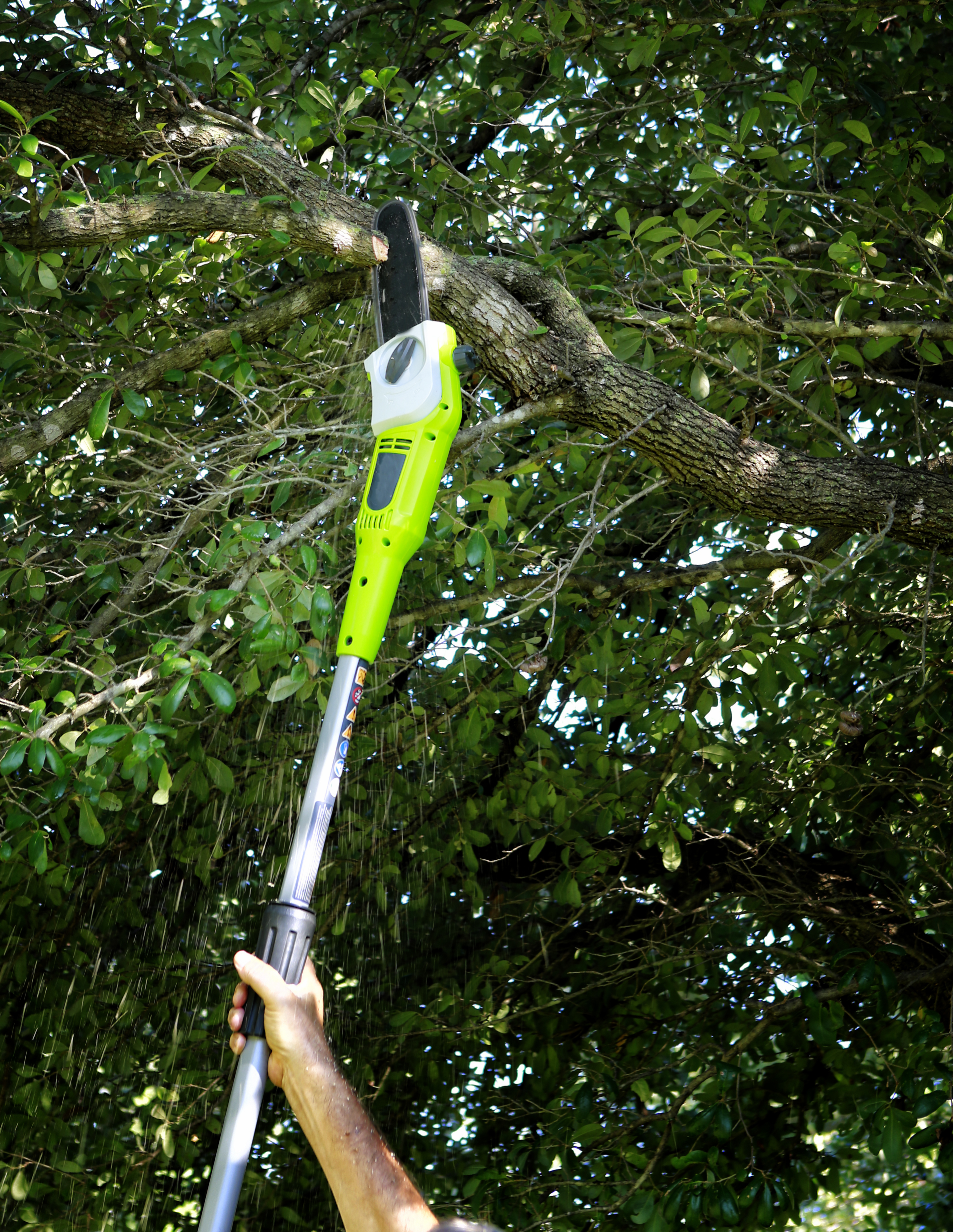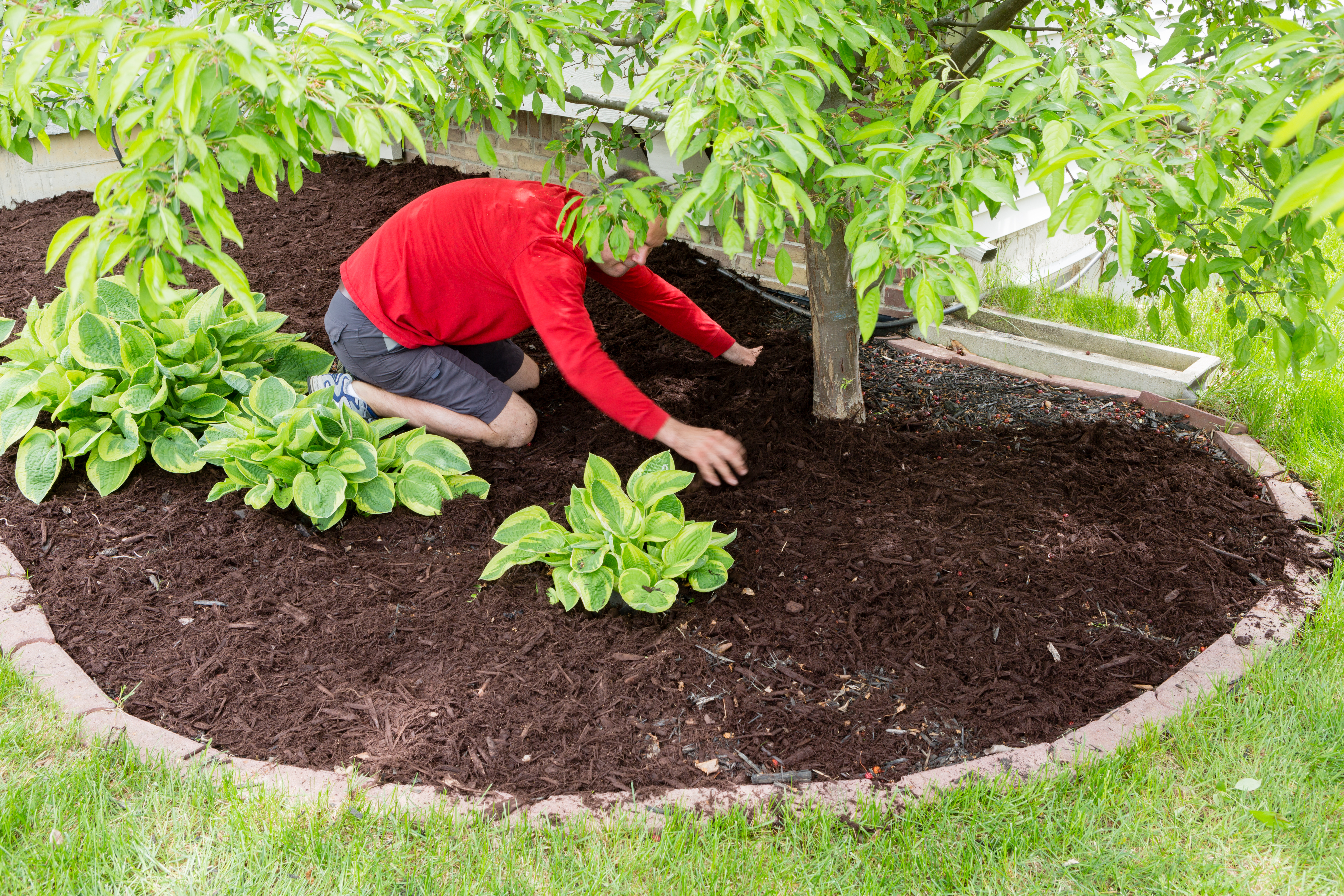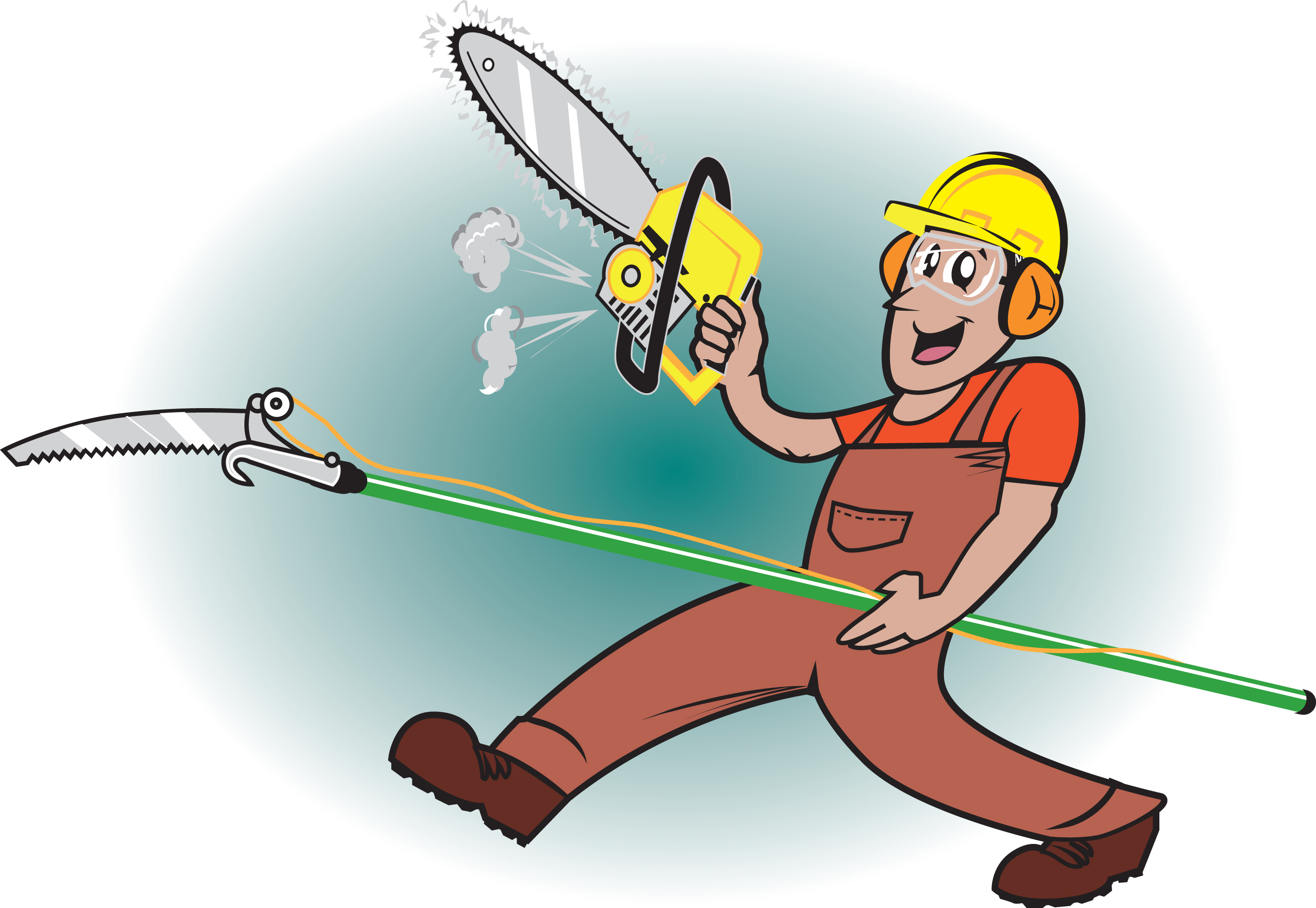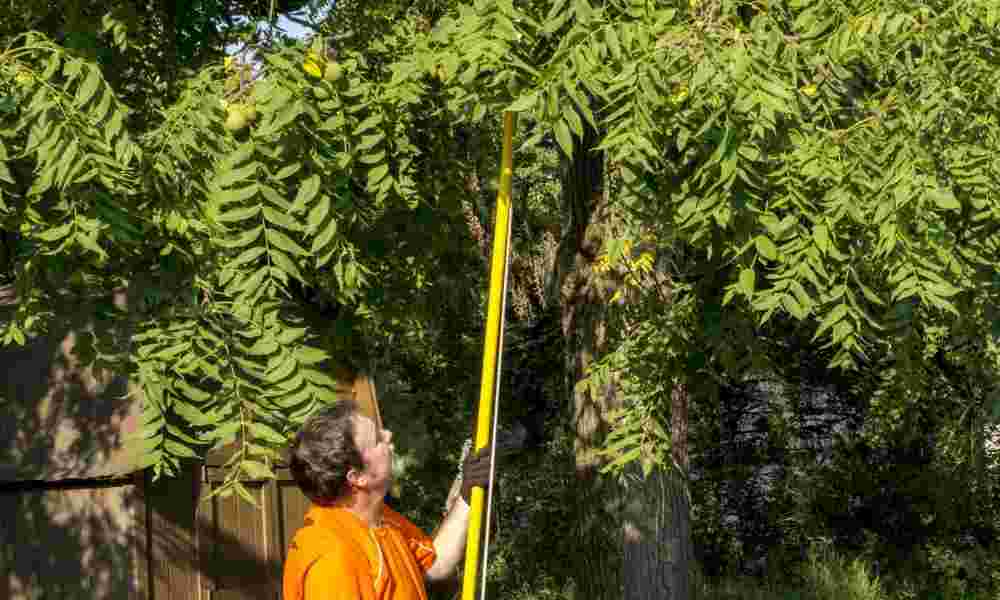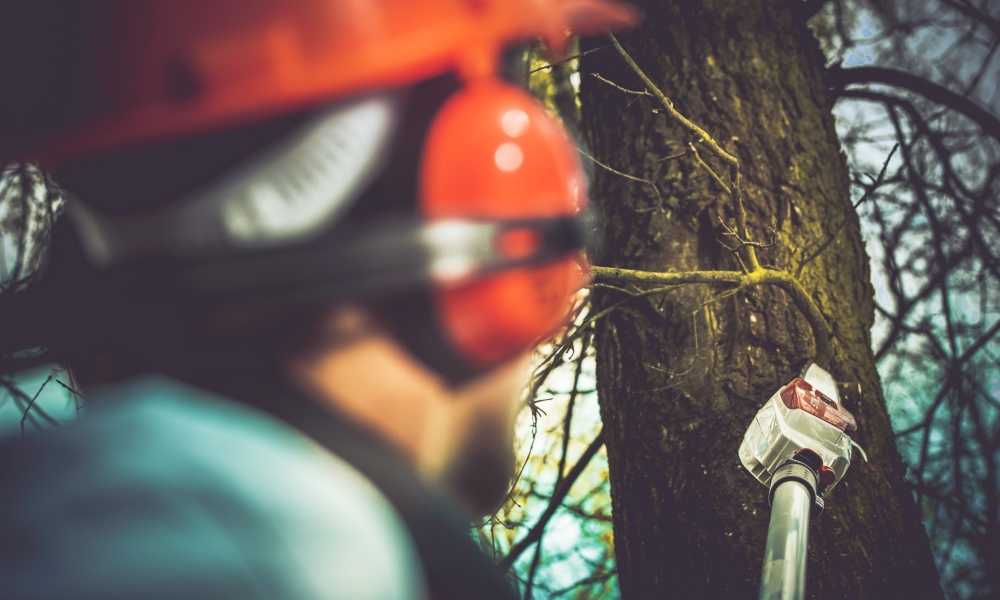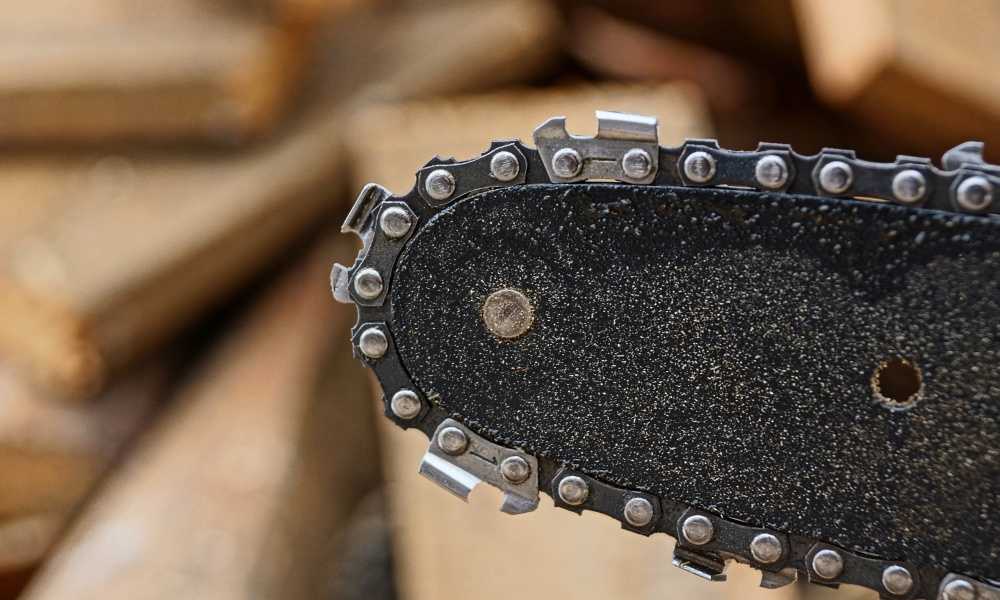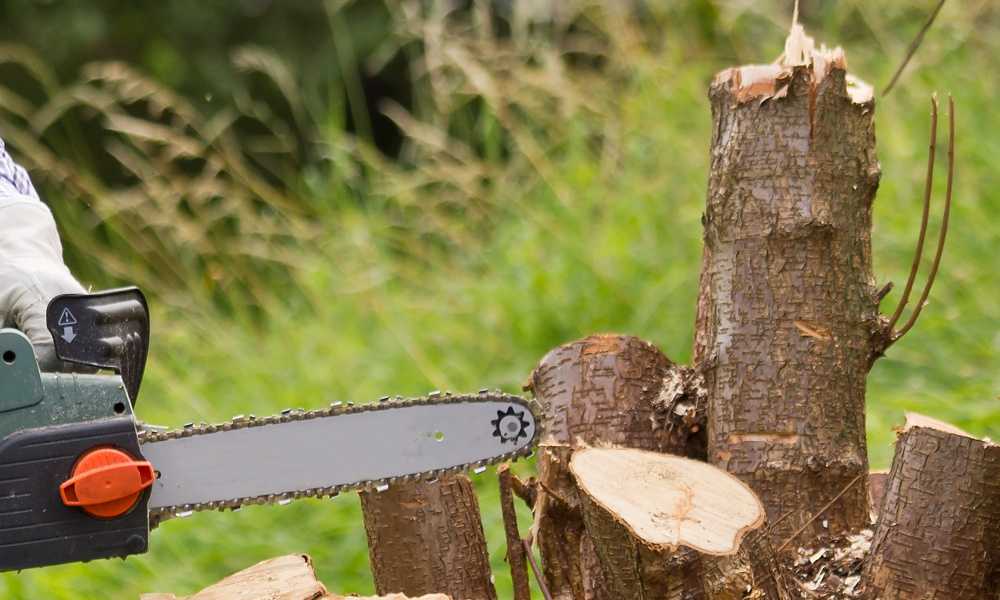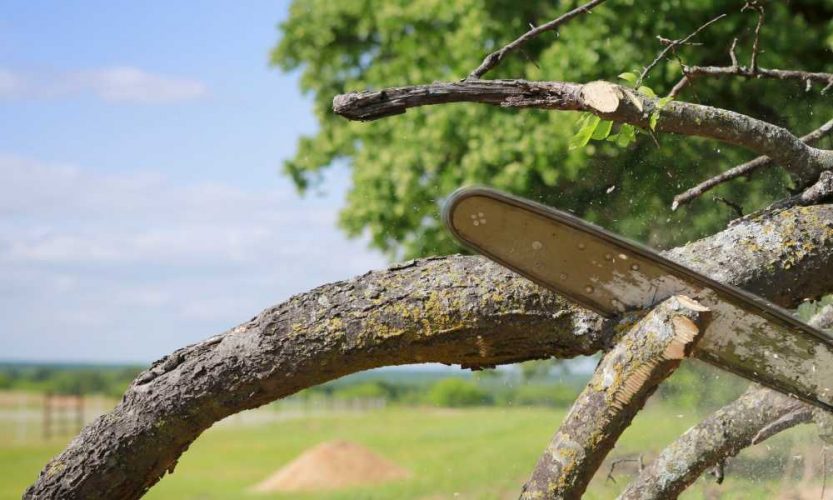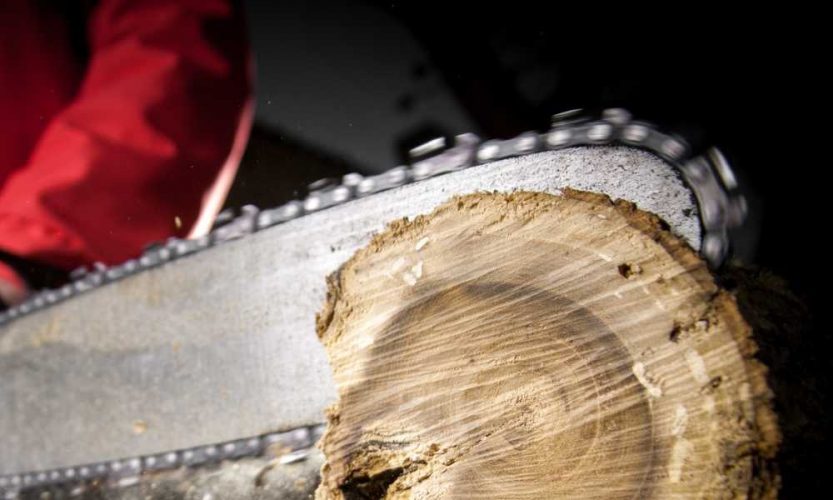The pole saw is undeniably one of the most proficient tools when it comes to working with trees. Popular for both domestic and commercial uses, this small yet powerful machine produces the perfect and desired results. For home use, it may be used for small pruning jobs in your backyard whereas for commercial purposes, it can be suitable for logging. Pole saws are available with 2- or 4-stroke power units, rechargeable battery- powered versions and plug in electrical forms. A pole saw may be a common tool in the tree industry, but it’s often overlooked when it comes to operating it correctly and safely.
Though very essential, pole saws may be dangerous and could cause severe injuries if not handled with care. Over the years, we have heard of some horrific accidents and injuries caused by poor handling of pole saws. For instance, 30k+ chain saw related cases are reported annually in the United States alone, with some accidents being tragic. Accidents can range from eye injuries to electrocution. Despite the risks, a pole saw is still a great asset in any gardener’s kit.
Along with injuries, improper use can also damage trees and affect their health. However, with discretion and professional guidance, even a beginner can use this simple yet indispensable tool. This article is all about the fundamental pole saw practices; how to safely use a pole saw for best results.
Before Getting Started
Traditional pole saws lacked the safety features and refinements present in the current powered pole saws. Yet somehow, the accidents never seem to stop. Most people ignore the safety features that are clearly engraved on the warning decals of the machines and in the operator’s manual.
It should be noted that pruning trees that are beyond your reach could be very dangerous. Unlike arborists who use rope in a pulley to safely descend a cut wood, using pole saws lets the wood fall on to the ground uncontrolled. Caution should therefore be taken with pole saws. Every year, thousands of people around the world are hospitalized with chain saw related injuries. Statistics put the annual cost of these injuries at over $350 million annually with an average injury requiring 110 stitches. You, therefore, do not want a 50-pound branch landing on your head or knees.
Prevention is better than cure. Below are some precautionary measures to keep in mind before beginning work.
- Pole saws are heavy and tiresome tools. They can be hard to work with especially at extensions above 8 feet.
- Use your pole saw only to cut wood or wood products
- Thick woods are harder and more dangerous, slower and more tiresome to cut. Pole saws here should be used to cut the limbs up to a few inches thick.
- You should never attempt to fell an overhead tree unless you are familiar with weight reduction techniques. Poor judgment causes most accidents. This is usually because the user is either inexperienced with little knowledge on how to use the pole saw, or he simply can’t use it because it’s above his skill level.
- Carry out extensive risk assessment on site before you begin pruning. You should never use pole saws when above or near power lines. If in doubt, don’t hesitate to call the power supply company for insights.
- Familiarize yourself with emergency procedures in case of an accident, and any environmental and legal restraints to avoid getting on the wrong side of the law.
- Wear the correct eye, ear and head protection. Dust, wood chips, snapping branches and other debris can get into your facial area at any time.
- Do not operate a pole saw when you are sick, fatigued, under the influence of alcohol or any other substance that can impair your judgement, vision and dexterity. Also, work only when there is ample lighting to see clearly.
How to Correctly Use A Pole Saw
Different types of trees have different cutting techniques. It is therefore essential to be familiar with the specific type of wood that you’re dealing with. Flowering and fruit trees are usually pruned after blooming. Evergreen trees, on the other hand, don’t need pruning; you simply remove any undesirable growth, and you are good to go!
For the intended and desired results, the appropriate pole saw should be selected. You ought to check for the dimensions; size and height of the tree you wish to cut. Also, consider the size and length of the pole. Lightweight saws are usually the most preferred ones. For this reason, you may opt to work with the electric saws, weighing at around 15 pounds. They’re lighter than the gas or rechargeable versions.
Before commencing your work, you will require: a pole saw, gloves, protective goggles, a hard hat, and work boots.
- Clear The Work Area
Secondly, you need to clear the working space before you start your work. Keep people and property away for safety reasons in case something goes wrong. Keep away any trip hazards and keep note of the ones that can’t be moved elsewhere. The core reason for this is that you need to move quickly and swiftly when disaster strikes.
- Plan Where To Cut
Decide on the specific area to cut. Removal of a branch normally requires numerous jump cuts and preliminaries. These practices reduce the weight before the final cut. Try as much as possible to make cuts at or near the horizontal surfaces of the branch.
Always begin cutting from the bottom. In most cases, cutting usually begins from the bottom of the top branch. However, you should go for a ‘v’ cut. Begin from the underneath, at an angle then later revise the direction of the angle to obtain a V-shaped cut. Arborists suggest working from the bark layer into the wood. This reduces much physical work as gravity does the rest.
It is worthwhile to note that vertical water sprouts are usually impossible to cut from the ground.
- Position The Pole Saw Adequately
You first need to check the machine before you start pruning to certify that all the safety features are working as they should. Before you turn on the engine, ensure that the chain or blade is not in contact with anything. Place the pole saw near the horizontal surface of the branch. Do not operate a pole saw with one hand. Hold it with both hands; be in control of its weight. Carefully, reposition it to the cutting spot with the weight now shifting to the branch.
- Position Yourself
Ensure you are standing steady and at a position suitable to hold your end. Never operate a pole saw while on a ladder. The branch you’re cutting could fall and hit your ladder causing you to lose control and fall with severe injuries. The pole saw should always be at your chest level and never below it. It should be at an angle while you cut, and not directly up and down. You may need to lengthen your pole to make this possible.
- Start Cutting
It is now time to cut! Here’s where all the fun is. Remember, control is essential. Begin the first strokes slowly and carefully. Make the first stroke bite in as deep as possible. This is necessary to create a groove in the wood, which will guide you later and fasten the speed of the other strokes. Expect the saw to slide sideways during the first strokes. When this happens, reposition it before continuing. Also, be aware of kickbacks. This occurs when the tip of the guide bar is exposed to a solid object causing it to jerk up suddenly. Kickbacks are very dangerous and could cause injuries to the shoulder, neck, face, and hand. Famous golfer, Greg Norman, was a victim to this, almost losing his hand. Kickbacks contribute to a quarter of the chainsaws injuries.
The deeper the saw is in the groove, the faster your strokes will be. Gravity helps the pole saw cut on the pull stroke. Keep a careful watch on the branch as it nears the falling point. When this happens, be ready to retreat safely.
- Clean Up
Before beginning to cut another branch, first clear away the fallen limb out of the work area. This is to avoid tripping. Shut off the motor or engine before setting the unit down.
Pro Tip: Upon familiarizing yourself with the pole saw and clearing the working area, it is imperative that you notify someone about your location. Have someone check up on you. This job often causes injuries, and so as a safety precaution, someone should be near when this happens. Moreover, a first aid kit and other medical equipment should be available in case they are necessary.
Trimming Using A Pole Saw
Trimming is used to make branches more beautiful and healthy. It also reduces the chances of infection caused by dead branches. The infection usually weakens large branches and sometimes even kills the whole tree. No need to worry however about this menace! The broad and sharp curves of the blades are enough to solve this situation. Get yourself a pole saw and a pair of secateurs. The saw should be able to access 20 feet high in order to eliminate the need of a ladder. The gear type is preferred explicitly for this task to deliver a spectacular and quick job.
Conclusion
Using a pole saw might be harmless with no injuries if the techniques mentioned above and safety concerns are adhered to. If you are a newbie handling the tool for the first time, it is recommended that you seek help from an expert. Research more on the different tools to boost your confidence. Always have the mentioned techniques in mind. Do not take your chance with fate while using a pole saw. Remember also that you are responsible for the environment. Clean up after use and store the tools properly. Above all, cut trees responsibly. Stay green!
